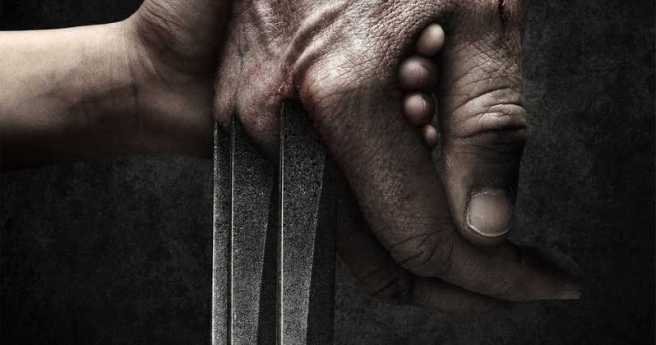I’m finally going to talk about the coolest dental invention around – implants!
If you recall my previous post Engineers on a Small Scale, I mentioned that a dental bridge is one of the options for replacing missing teeth. The other widely popular option is to go all Wolverine and put a piece of metal in your bone structure.

Image: Marvel Entertainment and 20th Century Fox
However, unlike our mutant friend Logan, our implants support teeth rather than claws.
Just last week, a Swiss-based implant company named Straumann sent some representatives to our school to give us a simple hands-on course on implants. Of course, as BDS undergraduates we’re not expected to know too much about actually placing implants, this hands-on course was just a simple introduction so we know what it’s all about and how to explain to patients about these fancy titanium screws.
As we can see above, the metal screw is the aforementioned implant. It is surgically placed in the mouth by the dentist, embedded through gum and into the bone. The implant is usually made of titanium, which is a very strong metal that doesn’t corrode and has the ability to make the bone remodel & grow around it. The threads of the implant improves its ability to stay within the bone by increasing its surface area, thus providing strong support for the tooth above. After the implant is placed, a crown or bridge or even a denture can be placed on top of it. You might wonder, if its function is just to replace a missing space, why go through so much trouble moving heaven and earth to plant a screw into bone? Why not just make a bridge that sits on top of the gum?
Bridges, while ingenious, sit only on top of the gum and not within bone. This means that when you bite down on that false tooth, it doesn’t feel REAL. Implants can give that tactile sensation when you bite on it, giving the impression that it’s like a real tooth. Our teeth have the amazing ability to discern even the tiniest objects sitting between them – say, biting down on a grain of sand, or having a small piece of meat stuck between your teeth. This organic sense can never be replicated by bridgework, but implants are able to do so, to a certain extent.
Implants are expensive though. And expertise-demanding. And time-consuming. And not everyone is suitable for it. You’ll need a certain bone density to be able to do it, or else you’ll need a bone graft which in turn leads to more surgery and longer treatments. What I’m trying to say is, while it gets closest to replicating a real tooth and is considered gold standard in many regards, it isn’t a silver bullet (it’s just a titanium screw!)
Here are some pictures of the recent Straumann hands-on workshop:
Straumann’s titanium-zirconium implant held in a sterile environment within a capsule.
The implant removed from its capsule. The blue part is an attachment to a ratchet that I’m holding, the implant itself is the silver-and-gold screw below the blue part. In the background you can see a piece of “bone”, which has a hole surgically prepared specific to this implant’s dimensions.
The implant screwed into the bone. At this stage, it’s nowhere near done. There are a few more stages to do after this, and may take months before a final crown/bridge is made to be placed atop it.
_______________________
I named the title of this blog post after Per-Ingvar Brånemark, a Swedish orthopaedist who is known as the founder of modern dental implants. While dental implants have been used historically as experiments, Brånemark did some landmark studies that proved that titanium could adhere with bone in a process called “osseointegration”.


